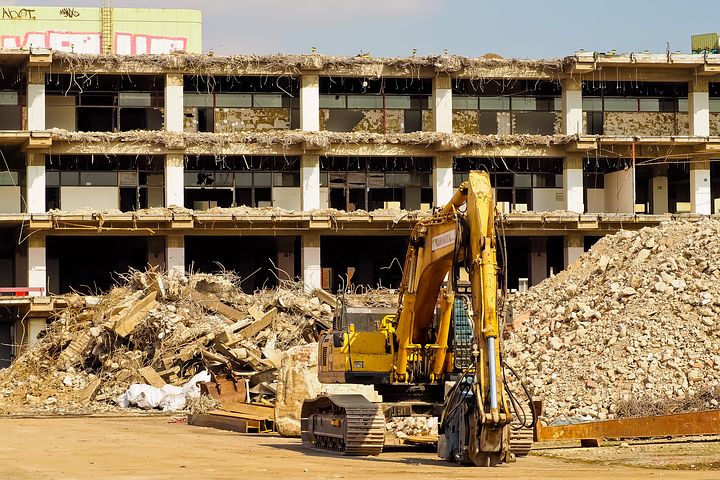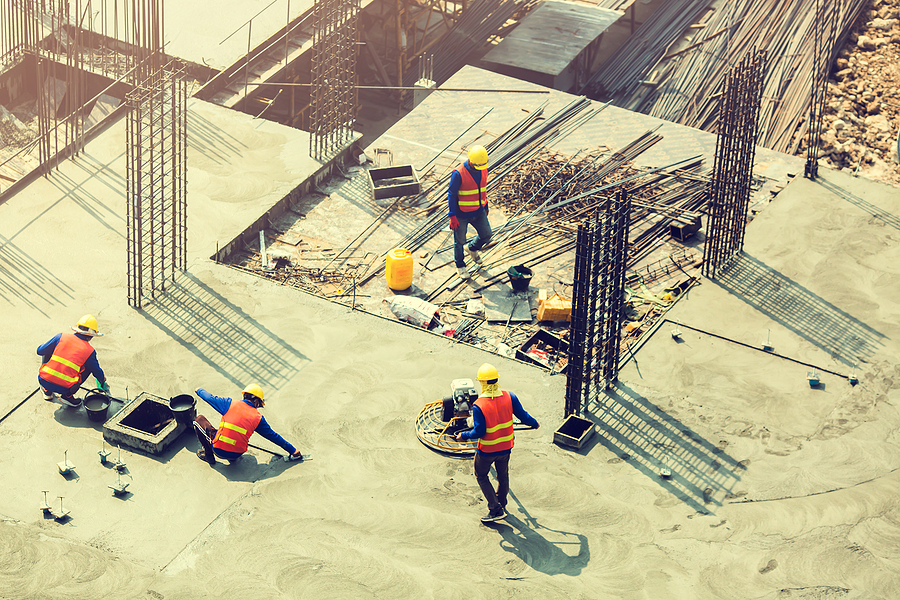Construction involves various processes to complete. However, before erecting a structure, a lot goes into the area of construction. Most sites usually have existing structures that require demolition to continue with any construction work involved. And therefore, the need to seek out commercial demolition Sydney services.
Why are these services essential? Most people think it is easy to take down a building since it doesn’t require special skills. However, demolition is a dangerous endeavor that needs professionals to handle. The process is a big project that entails clearing industrial and commercial structures. Thus, a company with excellent infrastructure, strong personnel, and technical skills is eligible to handle the task.
Types of Commercial Demolition Sydney
As there are different types of structures to be demolished, the demolition process varies. Most demolition works involve completely bringing down a structure to create another one. In other cases, demolition entails interior finishes removal. Read on as we discuss the types of commercial demolition Sydney.
Interior Demolition
In some instances, you will find a structure in excellent shape however, the interior doesn’t match your preference. When this happens, interior demolition is necessary. Commercial demolition Sydney will only demolish the interior structure of the building, leaving the exterior part intact. This type of demolition is ideal for preserving structural assets.
Selective Demolition
Also called partial demolition, selective demolition entails demolishing a portion of the existing building. It is a great approach if the part you choose to leave standing has historical value, is in mint shape, and suits your needs. This type of commercial demolition Sydney is affordable compared to starting a structure from the ground up.
Total Demolition
The most common type of commercial demolition Sydney is total demolition. This type involves removing the whole structure to erect a new one or leave the area bare. Total demolition is necessary when the existing structures are old and hazardous or no longer serve the intended needs. For instance, a residential home may be converted into a school or hospital. Therefore, there is a need for the building to match the intended purpose as the layouts of the structures are not similar. Thus, total demolition is necessary.
Deconstruction
If you are looking to save more from the structure you need to demolish, deconstruction is ideal. It is the process that involves dismantling the structure piece by piece to preserve them to reuse later. The commercial demolition Sydney services will use a special tool or equipment to remove the pieces carefully to ensure they are fit for reuse. It is worth noting that this type of demolition takes a longer time compared to the rest to ensure the pieces come out safely and in good shape.
Steps of a Demolition Project
-
Acquire the Permits
Every state requires you to acquire the necessary documentation before starting the demolition project. In most cases, the commercial demolition Sydney you choose will enable you to get these permits and hasten the process. A site inspection is also necessary during this step.
-
Clear the Building
It is essential to remove all your valuables from the structure you need to demolish. Therefore, start by clearing the building to ensure no items are left behind when the demolition process begins.
-
Place Safety Precautions
Before the process begins, it is ideal to start with a comprehensive site survey. The survey assesses the structure composition and determines life-threatening building materials. Developing a plan specific to your site, which cautions the safety of workers and the public, is essential.
-
Demolish
The demolition process begins using the right tools and methods.
-
Removal of Debris
Demolition leaves out plenty of debris once it is complete. It is only logical to remove or repurpose the material left after demolition.


